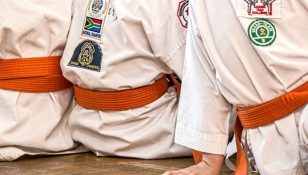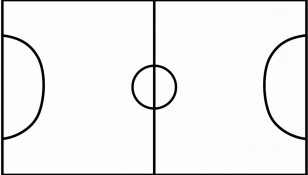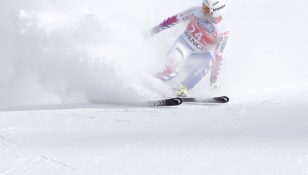Racket Padel: Exploring the Popular Padel Tennis Sport
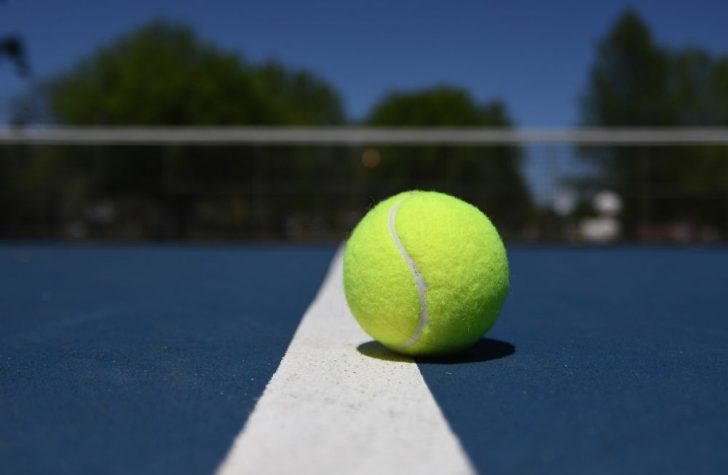
Introduction
Racket Padel, also known as Padel Tennis, is a fast-growing racket sport that combines elements of tennis and squash. Originating in Mexico in the late 1960s, it has gained immense popularity worldwide in recent years. In this article, we will provide a comprehensive overview of Racket Padel, including its definition, different types of rackets, popular variations, and the quantitative measurements associated with the sport.
I. A Comprehensive Presentation of Racket Padel
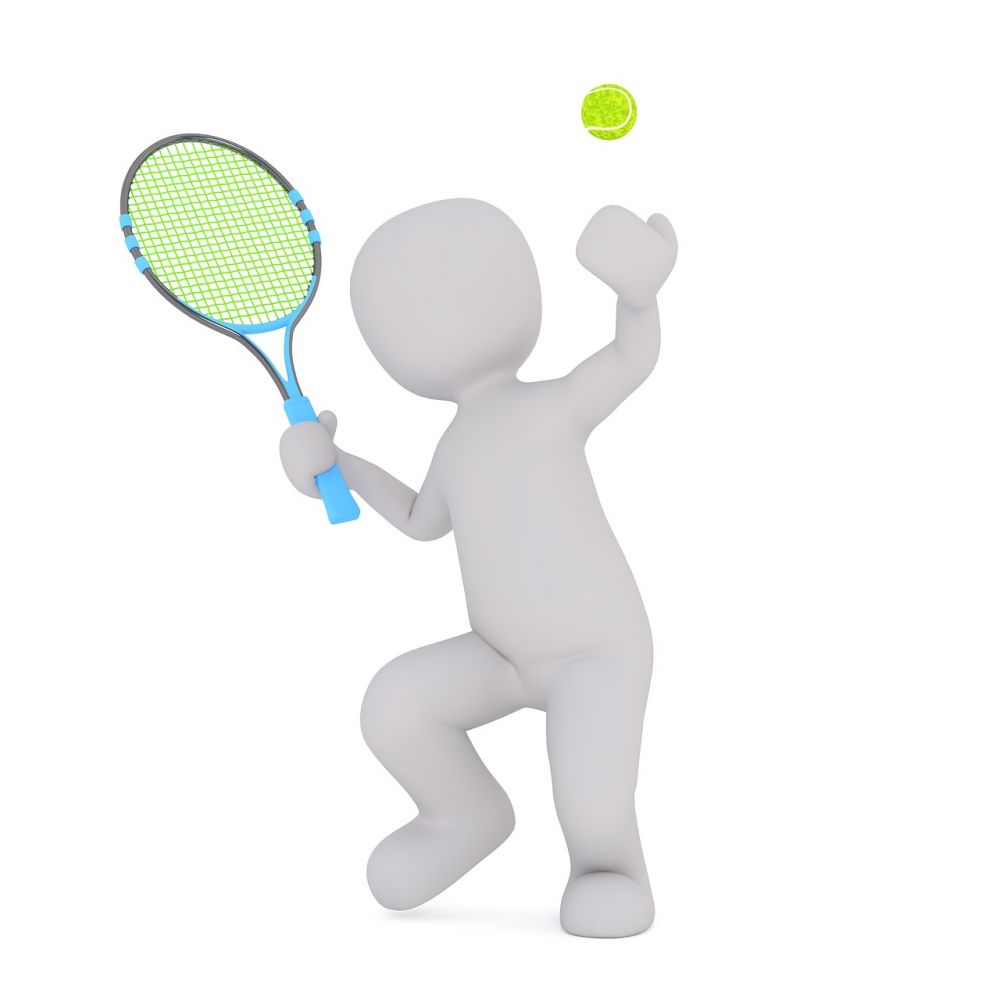
A. Definition and Basic Rules
Racket Padel is played on a court enclosed by glass walls and metal mesh, similar to a squash court. Players use solid rackets, typically made of carbon fiber, and a depressurized tennis ball. The core objective of the game is to hit the ball over the net and onto the opponent’s side, without it bouncing twice. The scoring system is the same as tennis, with games progressing to 6 and sets requiring a margin of two games.
B. Different Types of Rackets
Racket Padel rackets come in various shapes, sizes, and materials. Traditional rackets have a round shape that provides better control, while tear-shaped rackets generate more power. The choice of racket largely depends on a player’s style and preference. Moreover, different manufacturers offer customization options, allowing players to modify the balance and flexibility of their rackets.
C. Popular Variations of Racket Padel
Over the years, different variations of Racket Padel have emerged, each with its unique characteristics. Some popular variations include Beach Padel, played on sandy courts, and Padel Callejero, played on urban streets. These variations often attract a diverse range of players, adding to the sport’s appeal.
II. Quantitative Measurements in Racket Padel
A. Court Dimensions and Specifications
A standard Racket Padel court measures 20 meters in length and 10 meters in width. The glass walls are typically 3 meters high, while the metal mesh fence extends above the glass to prevent the ball from leaving the court. Understanding the court dimensions is crucial for players to effectively strategize their shots.
B. Speed and Power Measurements
Quantitative measurements play a significant role in analyzing and improving performance in Racket Padel. Speed guns are frequently used to measure the speed of the ball when struck by players. Power measurements are also taken into account, reflecting the force behind shots and providing insights into a player’s technique and strength.
C. Ball and Court Surface Specifications
The ball used in Racket Padel weighs around 55 grams and has a lower internal pressure compared to tennis balls, offering better control and slower trajectory. The court surface is typically made of artificial grass or artificial turf, providing the desired grip and bounce necessary for players to execute their shots effectively.
III. The Differences Between Racket Padel Variations
A. Surface and Court Specifications
Different variations of Racket Padel may have distinct court surfaces and specifications. Beach Padel, for instance, is played on sand, which poses different challenges and requires adjustments in techniques and footwork. Understanding these differences is essential for players to adapt and excel in different environments.
B. Equipment and Accessories
Along with court variations, different Racket Padel variations may also utilize specialized equipment and accessories. For example, Beach Padel may require specific footwear to provide better traction on sandy surfaces. These variations enhance the overall experience and provide players with unique challenges and opportunities.
IV. A Historical Overview of the Advantages and Disadvantages of Racket Padel Variations
A. Advantages of Different Racket Padel Variations
Each variation of Racket Padel offers certain advantages that appeal to different players. Beach Padel, for example, provides a more relaxed and recreational atmosphere, attracting players who enjoy being close to the beach and experiencing a different aspect of the sport. Understanding and appreciating these advantages can help individuals choose the variation that suits their preferences.
B. Disadvantages of Different Racket Padel Variations
Similarly, every Racket Padel variation has its drawbacks. Beach Padel, for instance, may prove challenging for players unaccustomed to playing on sand, as it demands a higher level of physical exertion. Recognizing these disadvantages can help players make informed decisions and adapt their skills accordingly.
[INSERT VIDEO HERE]
Conclusion
Racket Padel, with its unique combination of tennis and squash elements, continues to captivate players and enthusiasts around the world. By providing a comprehensive overview of the sport, including its variations, measurements, and historical advantages and disadvantages, individuals can deepen their understanding and appreciation for Racket Padel. Whether enjoying the game on a standard court or experiencing the thrill of playing on a beach, the sport offers endless opportunities for fun, competition, and skill development.










